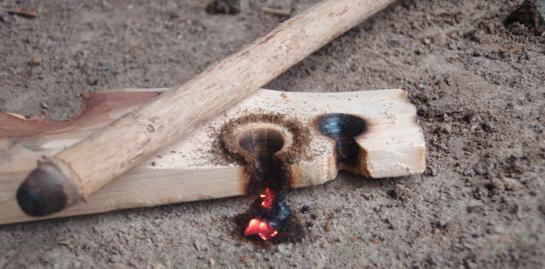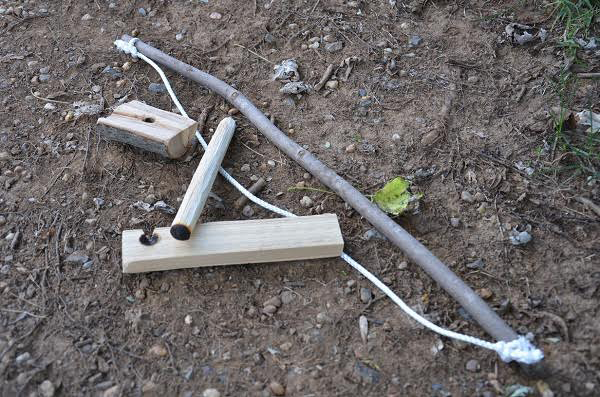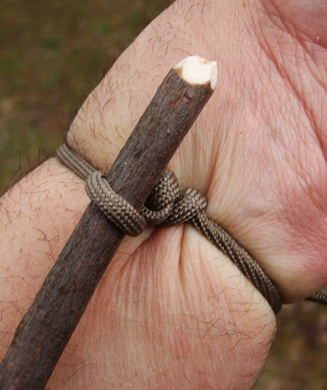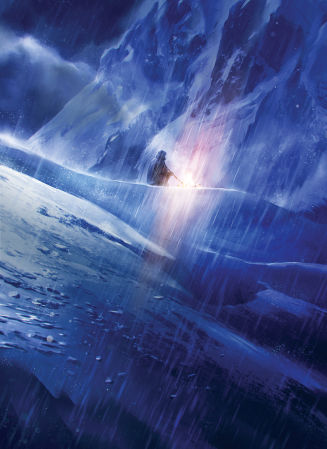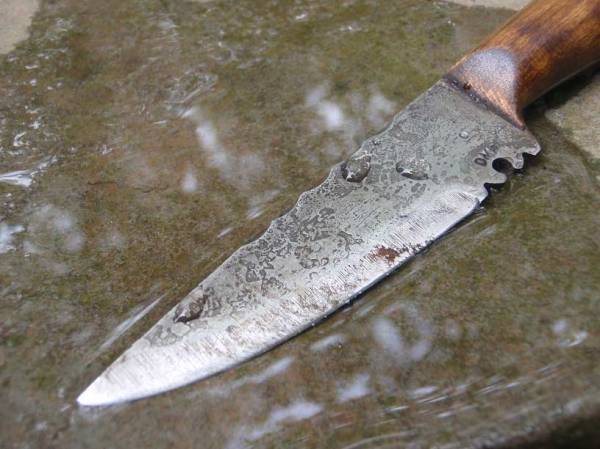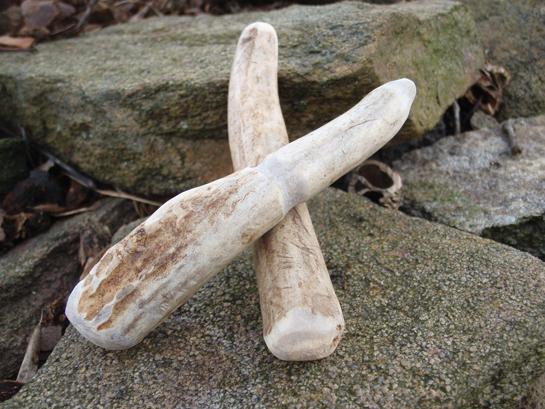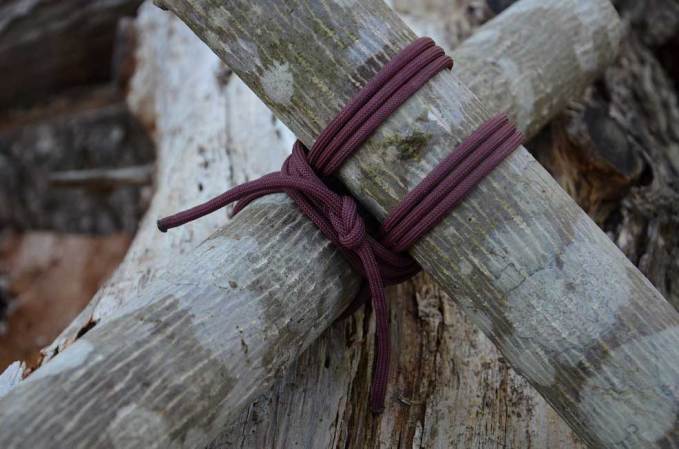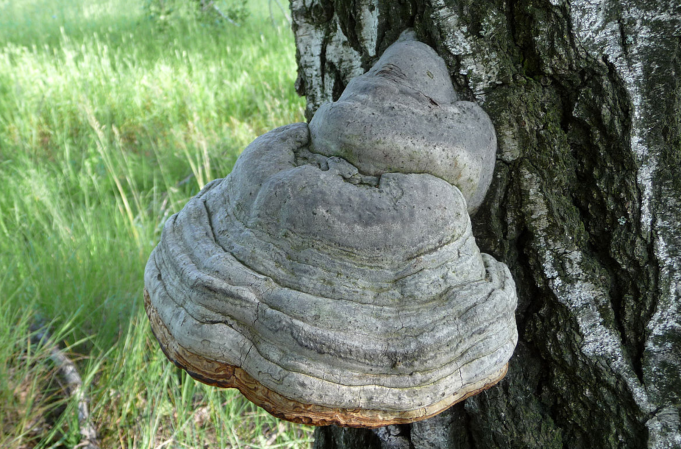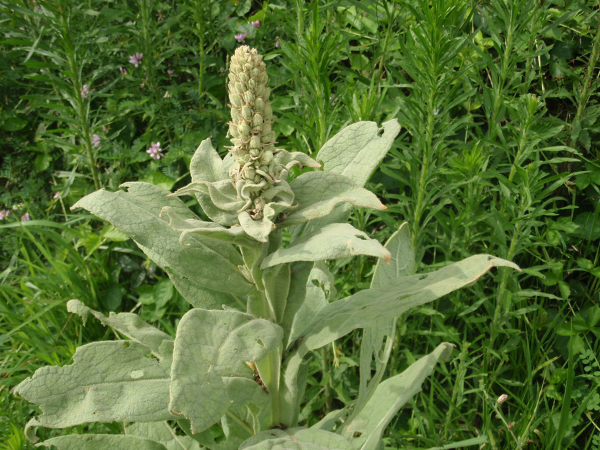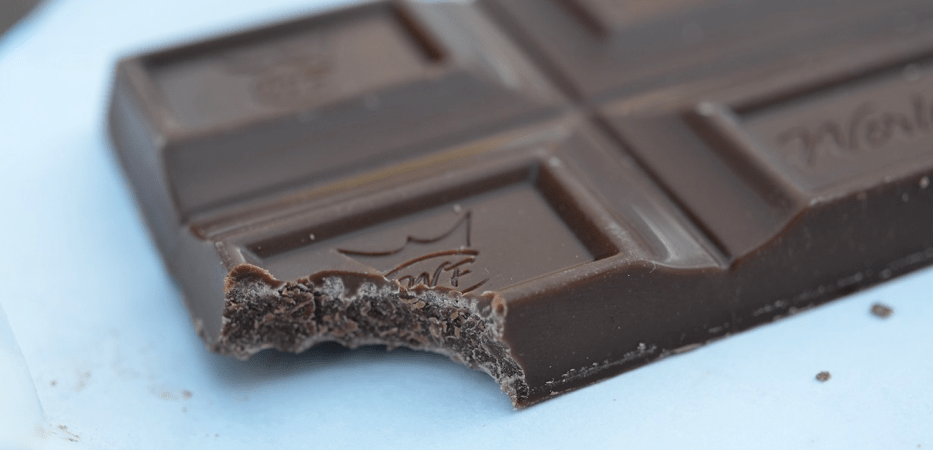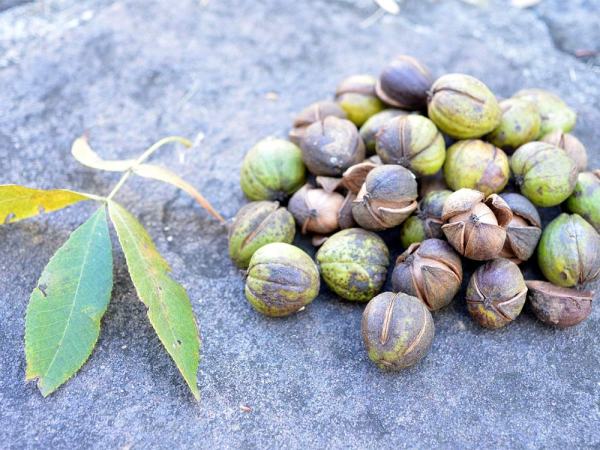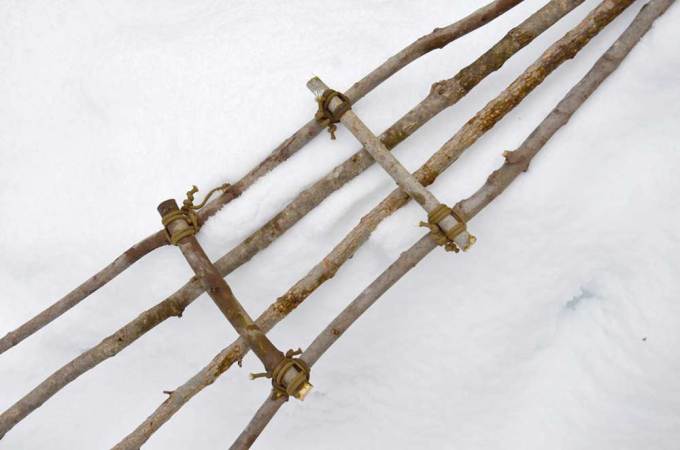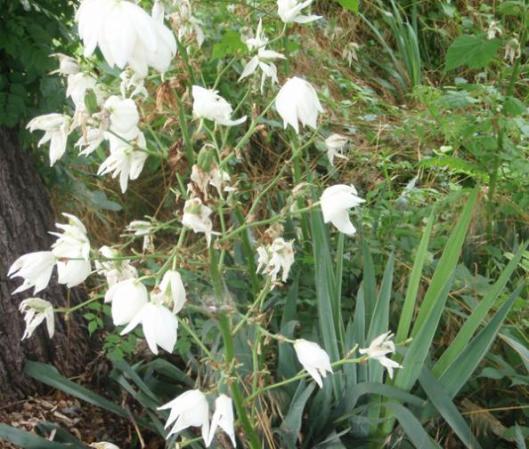The bow and drill method is, by far, the most likely friction method for making a fire in the field. This method has been around for thousands of years, and the components can be made from a wide range of materials.
A friction fire happens when one wooden surface is rubbed, ground or spun against another wooden surface. This action is typically done quickly, under significant pressure and in a “back and forth” manner. Both surfaces are consumed with this act of friction, creating wood dust – along with heat – which can form a small, red hot coal that is actually burning. With the bow and drill method, you have several mechanical advantages to assist you. A lubricated bearing block sits atop the drill, keeping the drill stable and creating the necessary downward pressure on the drill. The bow’s string wraps around the drill, giving you a mechanism to spin the drill quickly by moving the bow back and forth.
To make this equipment in the field, and use it the same day, you have to find the right materials in a useable condition. The drill and fire board need to be dead and dry, but not rotten wood. The task of finding wood in this condition is easier in the desert, and it becomes a real challenge in a rainy climate. Your choice of these materials will determine whether you will succeed or fail – before you even start spinning a drill. Choose a drill and board that are soft woods, without a lot of pitch or slippery sap in them.
**How To Find The Right Bow Drill Components
Bow **
The bow is usually a sturdy branch or limb about 2 feet long and about an inch in diameter. It can be made from almost any green or dead wood that is flexible. It could be slightly curved, or perfectly straight, if it is flexible. Another popular bow is a slightly flexible rib bone from a large animal.
**Cord **
You’ll have your best luck by bringing a piece of cord or rope from home. The bow drill is one of the hardest uses of a piece of cord, so it should be the strongest material you can get. Thicker cord will be stronger, last longer and grip the drill better than thinner cords. I prefer a 3/16 to 3/8 inch braided nylon rope for my bow drill strings.
Hand hold
This is a piece of hardwood, bone or stone that fits comfortably in your hand, and has a suitable hole in it already, or is able to be drilled out so that it has a suitable socket hole. The perfect hand hold is a rock with a smooth hole in, often found by rivers and on beaches worldwide.
**
Lubricant**
Any greasy, oily or slippery substance such as animal fat, vegetable oil, Pine pitch or crushed evergreen leaves should be suitable. Apply a little lubricant where the hand hold and drill top meet, before each drilling attempt. This is necessary to limit friction at the top of the drill.
**Drill **
The drill spins against the fire board, generating dust and creating friction and heat. The drill is a smooth cylinder of wood, about 3/4 to one inch in diameter, about six to nine inches long, with a dull point on one end and a sharp point on the other. The dull point goes into the fire board, while the sharp top goes up into the hand hold block. The drill should be as straight as possible and made from soft woods like aspen, willow, yucca stalks or any other soft, fast growing, non-resinous wood.
Fire board
The fire board is a flat or nearly flat board that is about 1/2 to 3/4 inch thick, at least two inches wide and at least eight inches long can be used as a fire board. Use the same kind of wood for both the board and drill. My favorite in the east is Basswood.
Let us know in the comments if you’ve tried bow and drill fire making, or if you have any questions. Best of luck to you!
